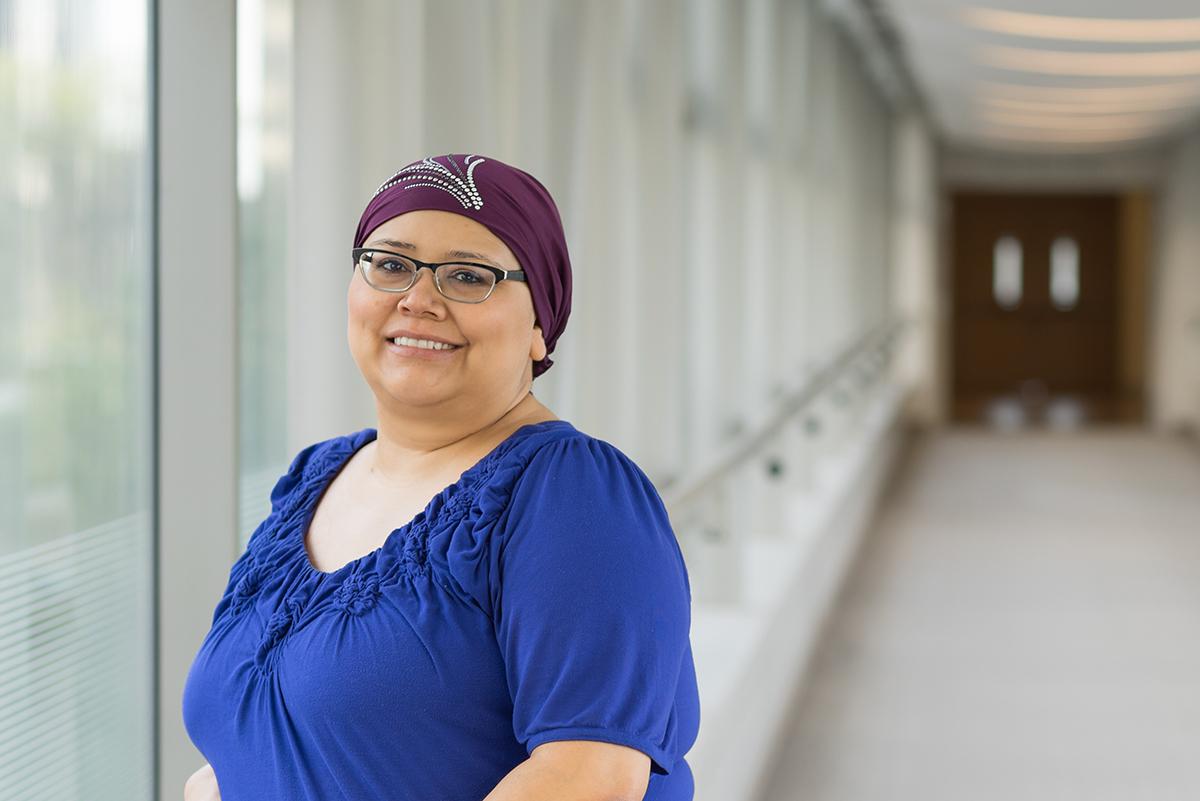Clinical researchers starty by designing a clinical trial so that it improves scientific knowledge and protects trial participants. As part of the community of medical research, The University of Tennessee Medical Center’s scientists must follow specific guidelines to ensure participants’ safety and privacy.
Investigators first conduct studies in research labs, often with animal and human cells. This process is typically followed by testing on animals. If this research is successful, the FDA can then approve the treatment for testing in people.
Researchers must also create what is called an investigative protocol, or plan. This plan lists the requirements for participation, the schedule of procedures and treatments, and how long the study will last.
The medical center’s independent Institutional Review Board (IRB) reviews and approves each study before it begins. The IRB also reviews each study at least once a year as long as the study is active. To be approved, the study personnel must show how they will protect the rights of the study participants and ensure that the study does not present undue risks.
Phases of Clinical Trials
There are four phases to clinical trials. Each phase determines specific information about the potential new treatment. That includes its risks, safety and effectiveness, compared to standard therapy. This allows investigators to ask and answer questions that yields reliable information about the treatment while protecting the patients. Their hope is that the new therapy will be an improvement over the previous standard therapy.
Phase I trials are the first step in testing a new treatment or therapy on patients. In these studies, researchers may determine the best way to give a new drug (by mouth or through injection, for example), how often and the safest dosage. A phase I trial typically enrolls a small number of patients, sometimes only a dozen. About 70 percent of the drugs tested pass phase I testing. Once phase I trials are complete, investigators use that information to begin phase II trials.
Phase II trials evaluate how well the new therapy or treatment works. They also continue to monitor the treatment’s safety. This phase may last from a few months to two years, and can involve several hundred patients. About one-third of the drugs in phase II trials successfully pass testing. Drugs or therapies that are shown to be active in phase II trials may be further evaluated for effectiveness in phase III trials.
Phase III trials compare the results of patients taking the experimental treatment with those taking a standard treatment. These tests are randomized and controlled in order to determine their effectiveness. Phase III trials require a large number of patients to measure the statistical validity of the results because patient age, sex, race, and other unknown factors could affect the results. To obtain an adequate number of patients, research physicians from different institutions usually participate in phase III clinical trials.
Phase IV trials may occur once the drug or treatment becomes part of standard therapy. The drug manufacturer conducts these trials. The FDA my require the trials in some circumstances. This phase continues to evaluate the treatment effectiveness and monitor side effects. Phase IV trials also implement studies to test the therapy’s usefulness in different types of diseases, such as different cancers.

